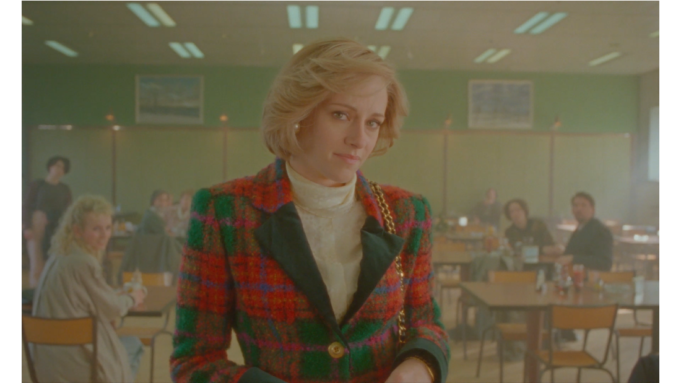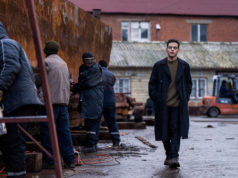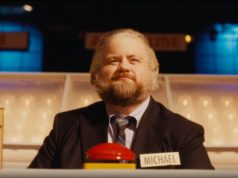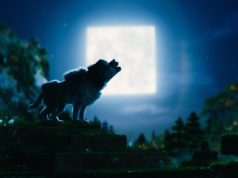Why do little girls dream of becoming princesses? Marrying royalty seems like the most exquisite form of misery. This is especially true of the British royal family. Sure, living in castles and meeting heads of state would be cool, but who needs paparazzi photographers chasing you every time you go to the movies, bloggers commenting on your body and your clothes, and idiots like Piers Morgan being old and racist while judging everything you do and say?
Even worse are the in-laws. I mean, you have to go through a whole coterie of publicists and advisors just to talk to a pack of elderly relations unable to comprehend the world outside the royal bubble and holding you to traditions that are centuries out of date while they tell you how to raise your kids. All that, and one of those old people — well, I can’t call him a pedophile just yet, but he sure does a convincing impression of one. The last duchess ran from this place screaming, her husband decided he also didn’t need all that, and I can’t blame either of them.
They weren’t even the first ones. Princess Diana was 18 years old when she married Prince Charles, a virgin (her father volunteered that information, and I feel icky just knowing it) and sorely lacking in any sort of education, let alone the sort that prepares you to become a royal. The British press was hurting for someone beautiful to photograph, and God knows the Windsors had nothing to offer in that department, so she tried to make herself over into what they wanted. The girl with a real body who favored pull-over cardigans lost weight so she could look smashing in designer dresses. Strangely enough, that was not the road to happiness, and she only found something like contentment when she got out and used her fame to improve other people’s lives. To play her, it feels entirely appropriate to cast an actress who has been famous since puberty and who has had her share of rough times in the spotlight. If Spencer, titled after the princess’ birth name, feels somewhat muted in its agonies, that’s by design.
The story is set during December 24-26, 1991, when Diana (Kristen Stewart) spends Christmas with the royals at Sandringham House in Norfolk. This was when the real Diana resolved to leave Charles, though we don’t see that happen. Rather, the princess tries to keep herself together in an environment where everyone is casting disapproving glances her way, including the queen (Stella Gonet), the prince (Jack Farthing), and the head of security (Timothy Spall). Tormentingly, the house where she grew up is on the adjoining property, but when she tries to walk over there late at night, she finds two cops shining flashlights in her face. Then her distant ancestor Anne Boleyn (Amy Manson) starts appearing to her and tells her all about marrying a king who eventually cut off her head.
This is a strange film — not very much happens. Chilean director Pablo Larraín is more interested in creating a single, sustained mood of unbearable tension, with the princess spending the entire weekend stretched to her breaking point. You’d never guess that the same filmmaker made the dance movie Ema this past summer, although this movie does have a dance interlude as well. His camera prowls the halls of Sandringham (which is portrayed by a couple of castles in Germany) while French cinematographer Claire Mathon (who did such great work in Portrait of a Lady on Fire) cloaks everything in a nostalgic, gauzy glow.
Don’t be fooled: This is an anti-nostalgia piece, because Diana is in hell. That security chief informs her that she undressed with her bedroom curtains open, lectures her on the paparazzi’s prying eyes, and has those curtains sewn together. There’s no room for spontaneity in this suffocating place, and the princess’ suffering takes on the feel of ritualistic abuse. Even more harrowing than the household spies are Diana’s fantasies of self-harm, where she hurls herself down the stairs or breaks her pearl necklace at dinner and chokes down the pearls with her pea soup. The only time she ever allows herself to loosen up is when she’s playing a game with her sons (Jack Nielen and Freddie Spry). One of the film’s few bits of humor comes when Diana, wearing all her finery for Christmas dinner, tells the dresser, “Leave me. I wish to masturbate.”
Screenwriter Steven Knight has a body of work that swings between terrific (Eastern Promises) and total crap (Seventh Son). I wish he hadn’t indulged in the leaden metaphor related to the pheasants, but he makes up for that with Charles’ catty speech about his wife’s bulimia: “Chickens laid the eggs. Fishermen caught the fish. Bees made the honey. All this effort to bring you breakfast. I’d appreciate if you didn’t regurgitate it into the lavatory bowl.” He’s just as insensitive, though much more insightful, in an argument over a billiard table where he tells Diana, “You have to make your body do things you don’t want to do. There have to be two of you: the real one, and the one they take pictures of. They don’t want us to be real humans.”
Lest you think he gets all the good lines, Diana tells her boys, “There is no future here. Past and present are the same.” Stewart has played these women who are permanently on edge before, and it’s rather wondrous how she manages to make them different from one another. The mourning note of Personal Shopper, the alcoholic haze of Seberg, and the teenage chafing against her parents of Adventureland all give way here to Diana’s posh background and awareness that she’s expected to assume the title of princess the way an actor assumes a role. Spencer allows her a moment of freedom at the end when she pulls the boys out of Sandringham, drives them back to London while singing to the radio (Mike + The Mechanics’ “All I Need Is a Miracle”), pulls into a McDonald’s, and orders chicken sandwiches. Sometimes, the only happiness in the fairy tale is escaping it.
Spencer
Starring Kristen Stewart. Directed by Pablo Larraín. Written by Steven Knight. Rated R.












